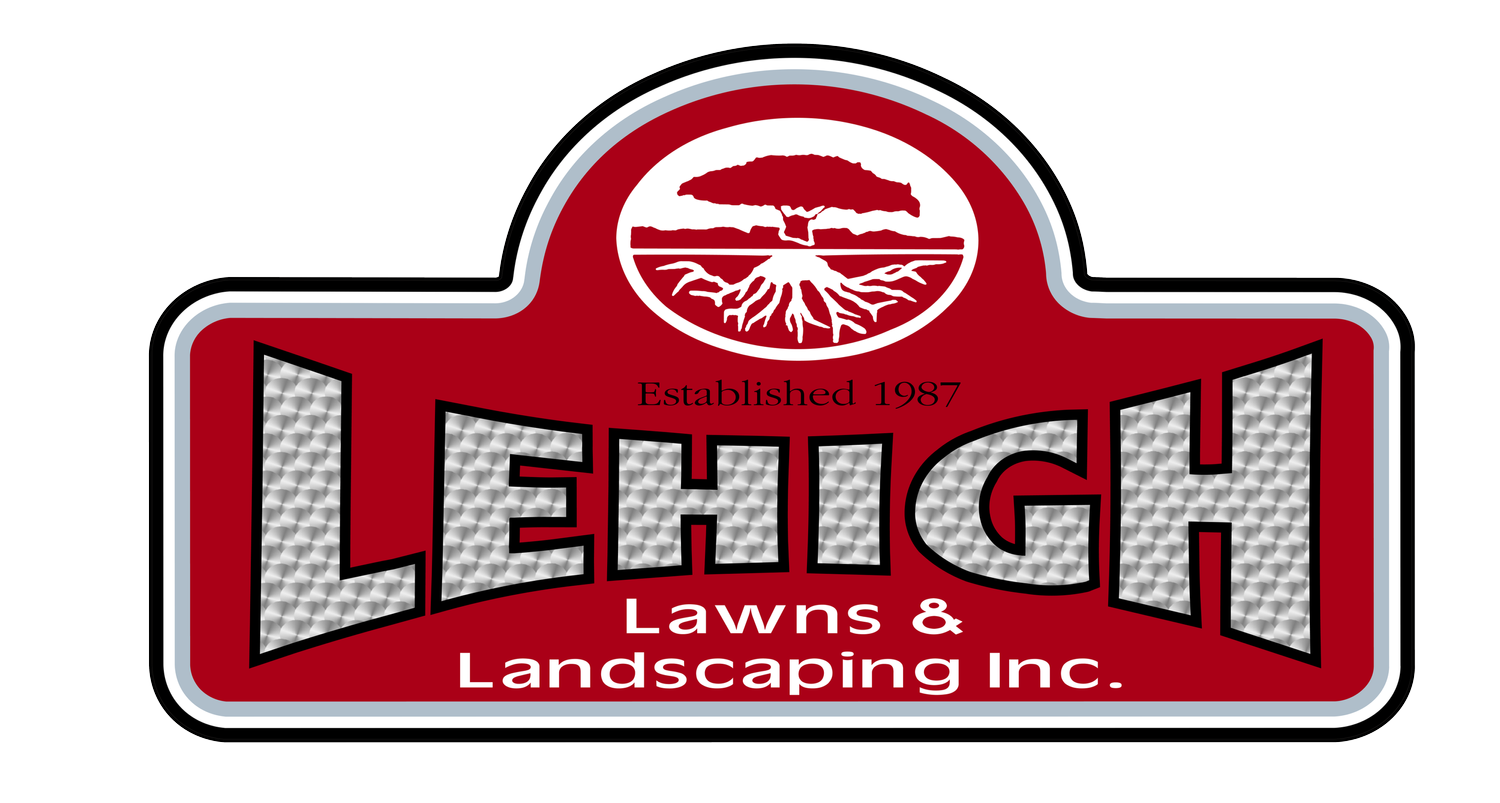Drainage Solutions for Your Hudson Valley, NY Property
Drainage issues on your property can be one of those things you don’t think about until it becomes a problem. Aside from the poor aesthetics of pooling water in your yard and the inability to utilize your landscape in the way you’d like, drainage issues can lead to some serious and costly problems.
Ideally, your Hudson Valley property should be designed to properly handle the volume of rainfall received in New York. But if it’s not able to do this, you have a drainage problem. It is worth keeping your eyes open to discover problems early, and you can fix them before they get worse — and more expensive.
Signs That You Have Drainage Problems
Water collects around your house, or leaks into your basement/garage- meaning water is pooling up around your foundation and can result in cracks in your foundation
Soil erosion has exposed roots, gutted out areas of your lawn, or created swampy sections, washing away many of the nutrients that your lawn and plantings need to thrive
Plants and shrubs have fungus or mold in wetter areas of your yard
A constantly running sump pump means that water from poor drainage is consistently entering your home
An excess of mosquitoes around your home, as standing water allows for an ideal environment for mosquitoes to dwell and breed in
Causes of Poor Drainage
Yard Slope or Pitch: If you see a pool of water sitting in your yard, there is a good chance you have a drainage issue caused by an inadequate pitch or slope on your property. This prevents water runoff from being diverted away from the house.
Front Entrance Walkway: A common drainage problem homeowners tend to overlook is the space between the front sidewalk and the house. When it rains, walkways will often act as a dam and retain the water in the small strip of space between the house face and the sidewalk.
Impacted Soil Conditions: When homeowners install something new like a swimming pool or hardscapes in their yard at some point, they usually excavate that area and distribute the dug-up Earth around the location. Depending on the soil, the ground around the location can retain moisture for a very long time and may even take a year or more to dry out.
Drainage Solutions
Footing Drains: Footing drains are required on all homes and installed around the perimeter of the foundation at the base of the footing and filled with an adequate amount of aggregate. This helps relieve water buildup and transport unwanted water away from your home and off property all together if possible.
French Drain: In most cases, French drains are used on homes that sit on a hill or slope, where water consistently collects in the basement or yard. Often times, this trench is covered in gravel so that no one can see the drain from the surface. If installed well, the French drain can also prevent excess groundwater from collecting again in the future.
Deep French Drain: This type of drain is used when a house is built on an entirely flat surface. When a yard is flat groundwater does not have any place to run off and therefore continues to collect in the yard or basement. These types of drains are built around the perimeter of the home at the same level as its foundation to help divert water from entering the basement.
Curtain Drains: The main difference between curtain drains and French drains is that while French drains deal with groundwater, curtain drains have more to do with surface water. Essentially a ground gutter system curtain drains dug at a shallow depth lined with a waterproof fabric that redirects water away from a structure's foundation.
Stress- Free Landscape Drainage
Picking a landscape drainage company shouldn't be stressful. The crew at Lehigh Lawns and Landscaping are the landscape care and maintenance professionals. We can not only solve your drainage issue, but make it a process that will result in the enhancement of your property and landscape.
For more information visit: Residential Drainage Systems

